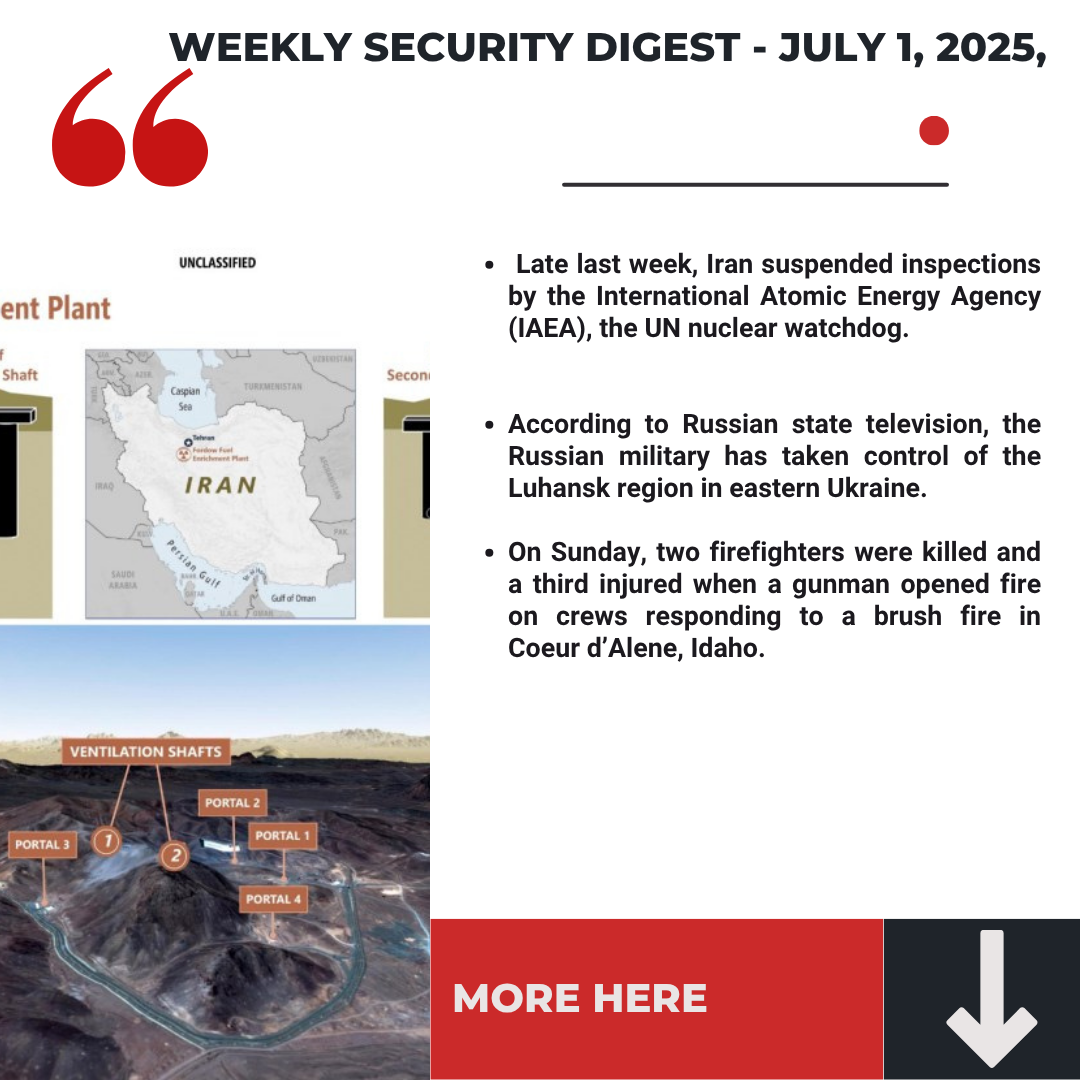The Ever-Growing Role of OSINT in Security and Warfare
Due to the speed of communication and the endless stream of content posted on the internet, open source intelligence network tools (OSINT) has become one of the most prevalent tools for national security agencies, law enforcement, and business intelligence firms to collect data.
OSINT has become so common, in fact, that it has become an inherent part of government and military intelligence gathering. Universities and programs such as Western Governors University and the National Initiative for Cybersecurity Careers and Studies, offer various degrees and certifications in OSINT research. The CIA recruits for OSINT professionals as well.
Recently, OSINT researchers have played an indelible role in global wars, including the Israel-Hamas War and the Russia-Ukraine War.
What is OSINT?
OSINT is “the collection and analysis of data gathered from open sources” (Wikipedia), i.e. any information that is available to the public (as opposed to classified information available only to those with appropriate security clearances). Public information includes content that anyone can find using any of the major search engines, as well as content from the “deep web” that isn’t indexed by these search engines.
While OSINT is not necessarily a new phenomenon, the explosion of the internet and social media has made it possible for anyone to capture, gather, and expose data in real-time. National security agencies around the world have already adapted to the new reality. Instead of basing decisions solely on classified information, they are basing them on the continual stream of OSINT.
According to The Wall Street Journal, more than 80% of the information that the U.S. president or military leaders need to know can be gathered from OSINT.
OSINT Advantages and Disadvantages
In 2021, The Economist published an article hailing OSINT as a phenomenon that “bolsters civil society, strengthens law enforcement and makes markets more efficient.” OSINT is fully free to and thus, making it the most widely used tool to gather information.
However, while OSINT certainly has the potential for positive outcomes, it also comes with dangers, namely, the posting of fake or manipulated content or outright lies.
This risk is where the job of OSINT researchers comes in — they wade through content bit by bit to determine the truth. Then they decide what to do with the truth. Most OSINT researchers are self-declared — i.e., they operate alone and for their own personal interests. Others work in official job titles for business or government intelligence.
Another risk with OSINT is information overload and burn out. Any information that is publicly available whether it is online or offline is considered OSINT. Some examples of OSINT include information provided publicly in a meeting, event, in a podcast, blogs, forums, TV or radio; Google search results; and information that are available upon request (eg. census data). At this point, it is clear to see that this is an insurmountable amount of information. As much as it sounds like a good deal to have so much data, it also means that an analyst would be swimming through a never ending sea of data points on a day to day basis.
Many governments have recognized the value of OSINT and have allocated significant resources toward it. China, for example, has approximately 100,000 OSINT analysts, according to research from William Hannas of Georgetown University. The U.S., on the other hand, does not come close to that level of investment. Private companies are also getting into the OSINT game and have major advantages such as sidestepping bureaucratic red tape and more available funding.
OSINT in Israel-Hamas War and Russia-Ukraine War
When war broke out in Israel on October 7th, the internet blew up with photos and videos of what was happening on the ground. Despite the plethora of content, it was hard to determine what was indeed real.
For example, a slew of social media posts blamed the Israeli army for bombing a hospital in Gaza (a story promoted by Hamas). However, after extensive OSINT research and review of the content posted online, it became apparent that Israel’s version was correct: the hospital was destroyed because of a misfired rocket from Gaza itself. Despite arriving at the truth via OSINT, the false narrative had already caused damage by spurring a worldwide outcry against Israel and the Jewish community.
OSINT has also played a major role in the Russia-Ukraine War, including debunking a deepfake video of Ukraine President Volodymyr Zelensky seeming to surrender to Russia, information on the movements and locations of Russian troops, and the tracking of equipment losses based on visual content posted on social media.
OSINT is Changing the Intelligence Industry
The idea that anyone with a smartphone can gather and review information pertinent to national security — and that militaries can use this information for actionable intelligence — is nothing short of mind-boggling. This includes data from social media, news sources, government reports, and more. Like most technology, OSINT has its pros and cons, but one thing is certain: this is the new reality of the intelligence community, and it is powerful. Powerful enough to shape military strategy and world opinion. It helps intelligence agencies and organizations to supplement their traditional methods of gathering intelligence and stay ahead of emerging threats and trends.
Are you an aspiring or experienced OSINT sleuth? If you are interested in joining our team, full or part-time, send your resume to info@interfor.international, with “OSINT Analyst” in the subject line.
To find out more, please reach out to info@interforinternational.com





